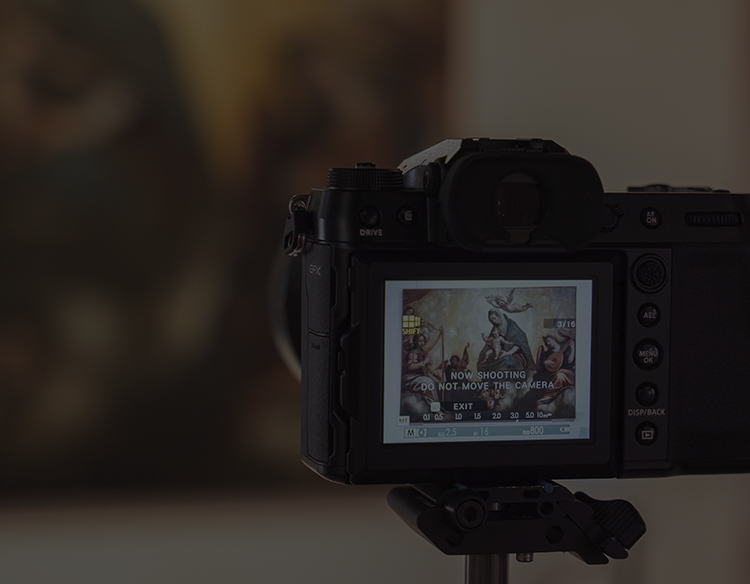
CASE STUDY
06
GFX100S | GigaPanography as a
multimedia interpretation technique
multimedia interpretation technique
© Roberto Leone (2023) Backstage of photo sessions with GFX100S and GF30mmF3.5 R WR
I believe that my interest in photography has grown hand in hand with one of my greatest passions, history. My curious nature has always pushed me to seek out and experiment with new solutions for a faithful digital restitution of my passions. - Roberto Leone
The Camera operator and photographer Roberto Leone tested GFX System as an instrument to support scientific research in the field of historical archives, ancient documents and works of art.
Let’s discover his experience with Museo Diocesano di Arte Sacra in Lecce (Southern Italy)
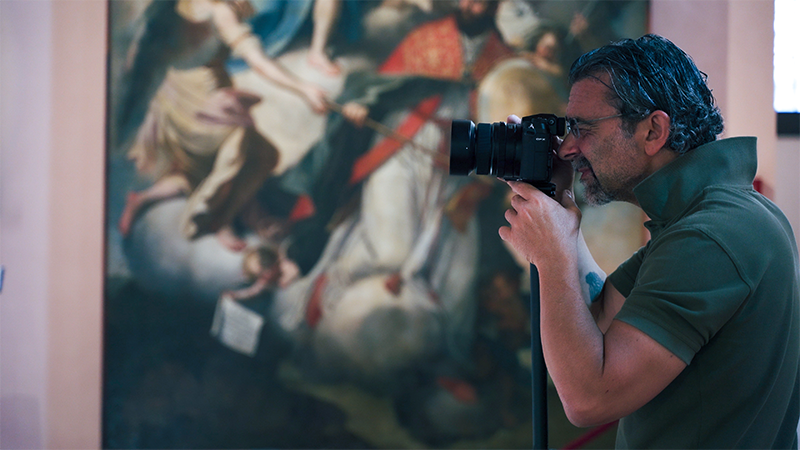
© Roberto Leone (2023) Backstage of photo sessions with GFX100S and GF30mmF3.5 R WR
The construction of a GigaPanography (or GigaPixel), as a multimedia interpretation technique generally requires the creation of a mosaic of photographs taken with a telephoto lens and connected through control points (stitching) to obtain a final panorama that has the necessary dimensions for a large print or for displaying small details. In contrast, the GFX100S's starting resolution, in most situations, makes a single photo sufficient rather than a mosaic, and thus makes it possible to skip all those corrections and stitching steps that cause problems and cost long working times.
In particular, the GFX100S has an algorithm - PixelShift - that manages to superimpose 16 different shots in a single photo within the same camera, resulting in 400 megapixels. A very good result for a 'single' shot situation.
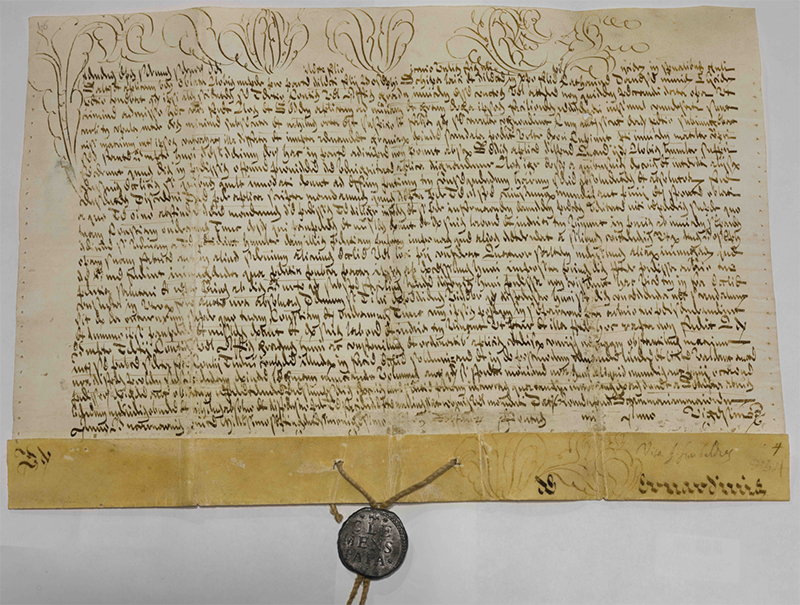
© Roberto Leone (2023) | GFX100S | GF30mmF3.5 R WR| Image of the ancient Papal bull by Pope Clement XI (1721) – Courtesy of Museo Diocesano di Lecce
From an operational point of view, having the need to protect and enhance some ancient documents kept in the Historical Archive of the Archdiocese of Lecce, Roberto Leone set up the photographic set in the same Archive and took a single burst of zenith photos that generated a final file of over 1.7 GB.
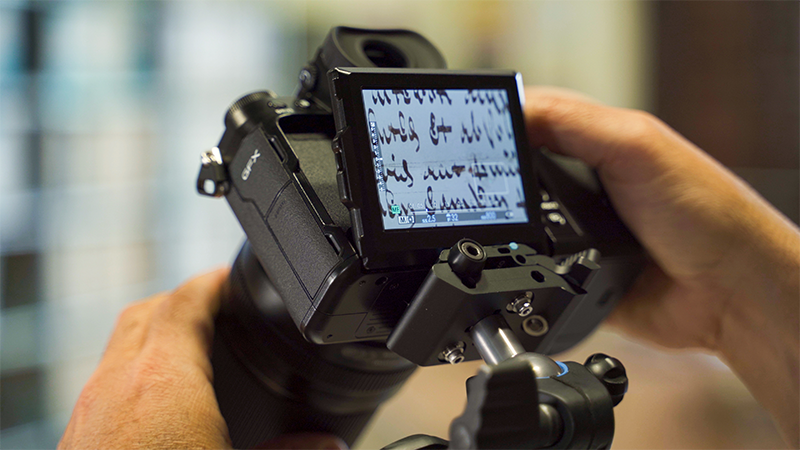
© Roberto Leone (2023) Backstage of photo sessions with GFX100S and GF30mmF3.5 R WR
From there on, Professor Domenico Perrone's computer work was to create all the parts of the pyramid-hierarchy tessellation for fast and adaptive streaming through the network the GigaPanografia in the HTML5 standard.
The multimedia work can be fully customised by adding move and zoom buttons, where details can be zoomed in and the GFX100S's perfect sharpness is evident.
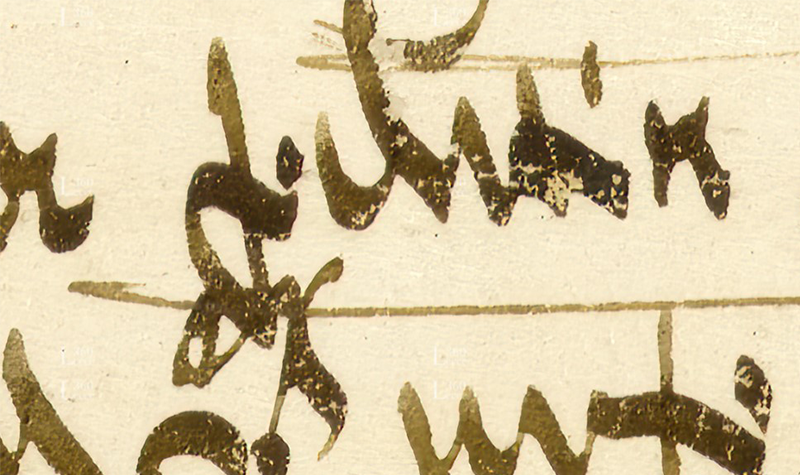
© Roberto Leone (2023) | GFX100S | GF30mmF3.5 R WR | Detail of the ancient Papal bull by Pope Clement XI (1721) – Courtesy of Museo Diocesano di Lecce
In the case of the Bull of Pope Clement XI (Diocesan Museum of Lecce), a historical Treaty, the possibility of using different levels of contrast to the text of the pages was added, allowing scholars to thoroughly analyze the state of preservation of the artefact.
To make a comparison with possible restorations, through the creation of a Gigapanography, it is possible to place two images taken of the same subject at two different times side by side. By doing so, researchers will have the possibility of analyzing the same details at the same time and assessing in real time the differences before and after the restoration phase.
The photographer's voice
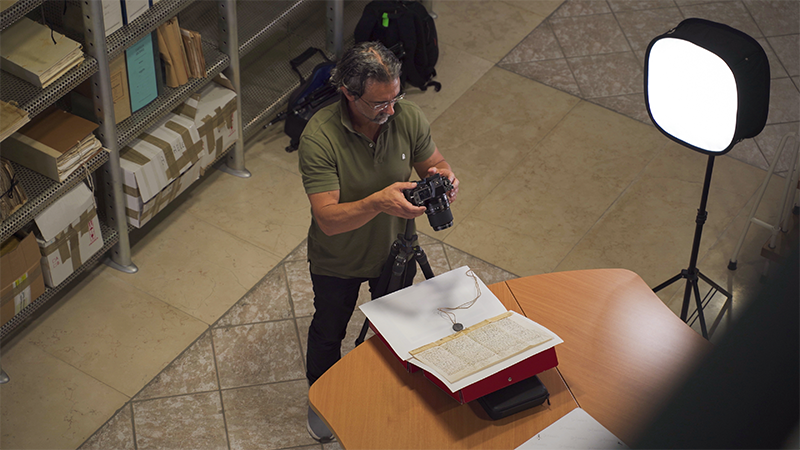
© Roberto Leone (2023) Backstage of photo sessions with GFX100S and GF30mmF3.5 R WR
"I have long chosen a GFX kit to support me in my work and so I wanted to put my Fujifilm GFX100S to the test when researching cultural heritage and particularly ancient artefacts.
I made very high-resolution images that would fully restore the full range of colors and details of a work of art.
Mine is not simply a photograph, it is above all a scientific contribution to research, and a support for restorers and scholars who reconstruct pieces of history from the analysis of ancient works of art.
I made my first experiments in my city, Lecce, considered the Baroque capital of southern Italy. Having been given the opportunity to photograph ancient religious documents and priceless paintings, the result was truly exceptional, the detail maintaining a very high quality even at high magnifications.
In the past, to take very high-resolution photographs, I would compose a mosaic of photos taken with a telephoto lens using a panoramic head and connect them through control points to obtain a final panorama. Now, with the resolution of the GFX100S, a single photo is enough, and in most situations, it allows me to skip all those steps of correcting and joining images."






















































